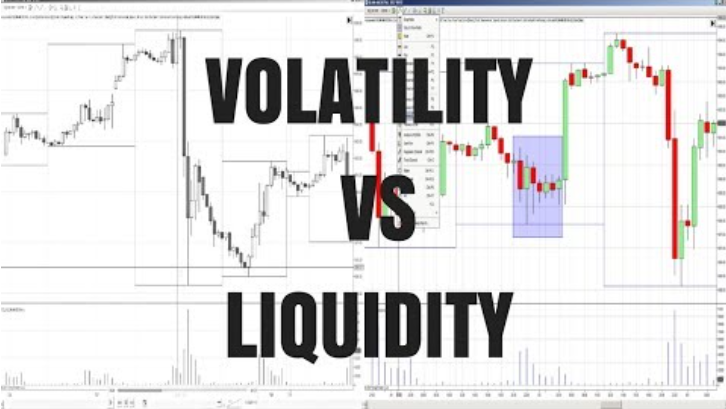Understanding Forex Liquidity and Market Volatility
When entering the world of forex trading, two important concepts every trader must grasp are liquidity and volatility. These two terms affect how prices move, how easily you can enter and exit trades, and how much risk you’re taking in any given moment.
In this beginner-friendly post, we’ll explain what forex liquidity and market volatility mean, how they relate to each other, and how they impact your trading decisions.
What Is Forex Liquidity?
Liquidity in the forex market refers to how easily and quickly a currency pair can be bought or sold without causing a major change in its exchange rate.
When a market is highly liquid:
-
There are lots of buyers and sellers
-
Orders are filled quickly and at stable prices
-
Spreads (the difference between bid and ask prices) are usually tighter
The forex market is one of the most liquid markets in the world — with over $7.5 trillion traded daily — especially in major currency pairs like:
-
EUR/USD
-
USD/JPY
-
GBP/USD
-
USD/CHF
💡 High liquidity means it’s easier to enter or exit trades without slippage.
🌪️ What Is Market Volatility?
Volatility measures how much the price of a currency pair fluctuates over time. A highly volatile market will see large price swings in short periods, while a low-volatility market will be more stable and slow-moving.
Volatility can be caused by:
-
Economic news releases (e.g., interest rate decisions, NFP)
-
Geopolitical events (elections, wars, natural disasters)
-
Unexpected market shocks (bank failures, inflation spikes)
-
Low liquidity during off-hours or holidays
💡 Volatility is a double-edged sword: it creates opportunities for profit, but also increases risk.
🧩 The Relationship Between Liquidity and Volatility
Liquidity and volatility are closely connected, but they are not the same:
-
High Liquidity + Low Volatility
Common during major market hours (like the London or New York sessions)
Prices move steadily with smaller fluctuations -
Low Liquidity + High Volatility
Occurs during news events or after-hours
Prices can jump unpredictably, with wider spreads
💡 When liquidity is low, even small trades can cause big price movements, increasing volatility.
🕰️ When Forex Liquidity and Volatility Change
✅ Most Liquid & Stable Times:
-
During London and New York overlap (8 AM – 12 PM EST)
-
When major economic data is not being released
-
In major currency pairs
⚠️ Least Liquid & Most Volatile Times:
-
During Asian session (especially in minor/exotic pairs)
-
Around high-impact news releases
-
During weekends, holidays, or unexpected global events
How This Affects Your Trading
Here’s how understanding liquidity and volatility can improve your trading decisions:
1. Better Trade Execution
In liquid markets, trades get filled at your intended price. In illiquid or volatile markets, you may experience slippage or delayed entries/exits.
2. Tighter or Wider Spreads
High liquidity = tight spreads = lower trading costs
Low liquidity = wide spreads = higher costs
3. Risk Management
Volatile markets require wider stop losses, smaller lot sizes, and more caution. If you don’t adjust your risk properly, you can lose more than expected.
4. Choosing the Right Currency Pairs
Beginners should stick to major pairs during liquid trading sessions for more predictable price behavior and lower risk.
5. Avoiding News-Driven Chaos: Understanding Forex Liquidity and Market Volatility
If you’re not a skilled news trader, it’s often better to avoid trading during major announcements, as spreads widen and volatility skyrockets.
Tools to Monitor Liquidity & Volatility: Understanding Forex Liquidity and Market Volatility
-
Forex Volatility Calculators: Estimate the average daily movement of currency pairs
-
Economic Calendars: Know when high-impact news is scheduled
-
ATR Indicator (Average True Range): Measures market volatility on your chart
-
Market Session Indicators: Show which trading session is active
Final Thoughts on Understanding Forex Liquidity and Market Volatility
Understanding liquidity and volatility is essential for navigating the forex market safely and effectively. They impact everything from your trade execution to your strategy’s success.


